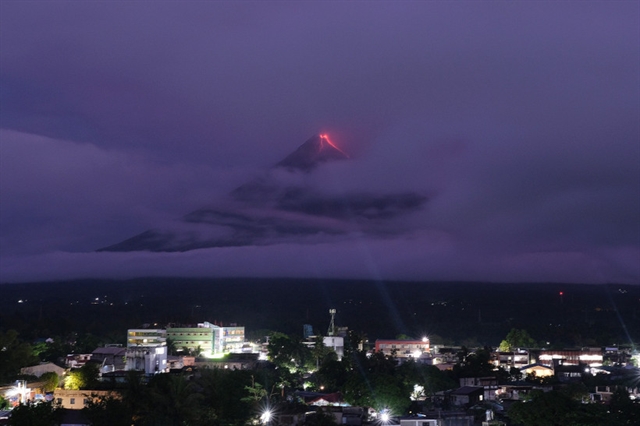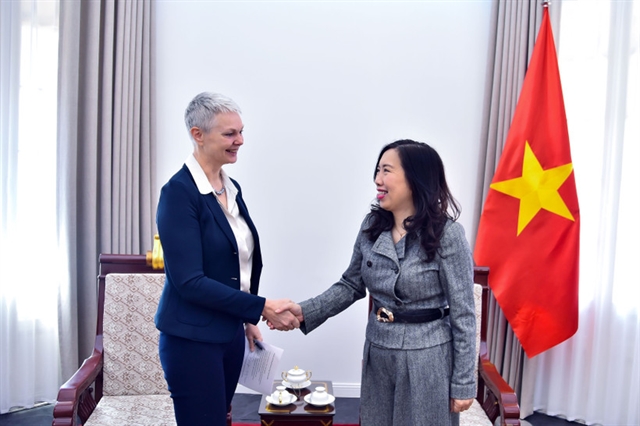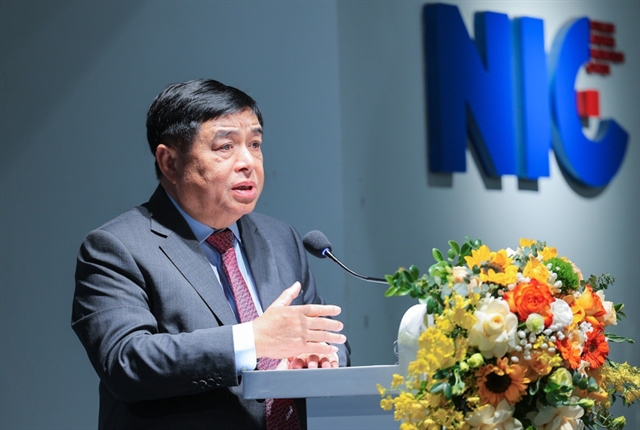 Society
Society
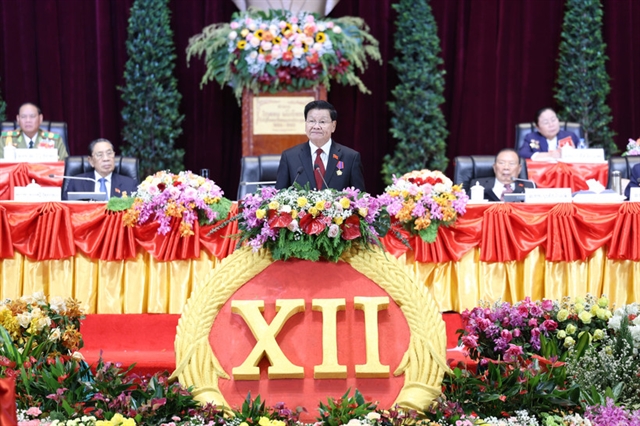
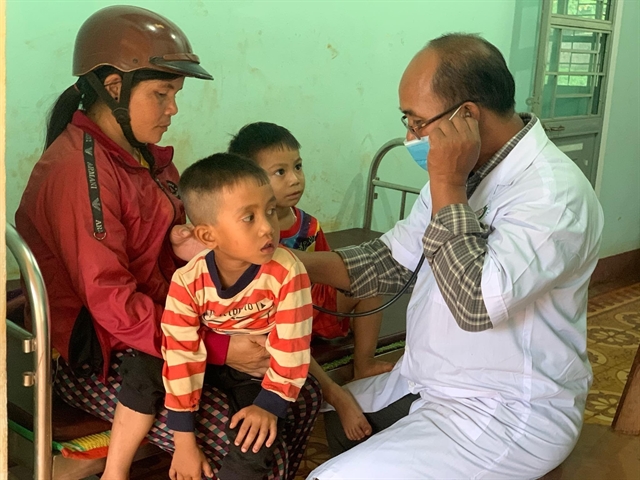 |
| Doctor Nay Blum examines a child in the Glar Commune Health Station. — VNA/VNS Photo Hồng Điệp |
GIA LAI — During his nearly 30 years working in grassroots-level health care, Doctor Nay Blum spent his youth treating patients in the commune and saving lives of many children in distress due to outdated customs.
Nay Blum is head of the Glar Commune Medical Station in Đắk Đoa District, Gia Lai Central Highlands Province.
He confided that when he was a child, the village did not have roads.
People in Glar Commune lived far from main residential areas, travel was very difficult, especially during storm season.
When sick, local people only used forest leaves for treatment.
If they were seriously ill, they took cows, pigs and chickens to perform a ceremony at the shaman's house.
Seeing that, Blum was determined to go to school with the hope of becoming a doctor to treat the locals.
Blum’s family was very poor. He tried hard to overcome his difficulties, studying and working at the same time to earn money to make ends meet.
After he graduated from Gia Lai Medical College in early 1991, Blum returned to serve the village.
At that time, people in the village still believed in outdated customs.
Anyone who was sick went to the forest to get leaves, and wherever they felt pain, they used crushed leaves to apply on that area. Then they invited a shaman to come to their house to worship.
This is a thousand-year-old custom.
The villagers did not know about medical examination, taking medicine and maintaining good hygiene.
Blum’s first days of medical examination and treatment were very difficult.
The villagers did not believe that Nay Blum could cure their diseases, so he became even more determined.
From the first patients Nay Blum cured without forest leaves, chickens or pigs to invite the shaman, the villagers began to change their perception.
After earning trust of the locals, more sick villagers asked him for help.
At that time there was no medical station, Blum and his wife carried a medicine bag to the patient's house to examine and treat them for free.
Blum had to also work in the fields to make a living.
Thanks to the villagers' love and support with rice and vegetables, he was still determined to stay in the village and continue his job.
Every day, he and his wife went to each village to instruct people about disease prevention and control.
In particular, all newborns in the village were delivered by Blum and his wife H'Nhơn.
On their journey, the couple saved and raised four children: Jưi and Mới, now 40; Qưun, 34 and Nay Thuym, 28.
Jưi was adopted by Blum and H'Nhơn in 1980.
At that time, Jưi was orphaned, living in the village and suffering from tuberculosis (TB).
For nearly two years, Blum and his wife devotedly took care of Jưi to ensure proper TB treatment.
Mới and Qưun are siblings. Their mother died early, their father suffered from leprosy, and they were rejected by the villagers.
After his father died, Blum raised the two orphans.
Later, with the enthusiasm transmitted from Blum, every day, Mới went through the forest with Blum to treat the villagers’ diseases.
The story about Nay Thuym is mentioned the most by Blum.
One afternoon in 1995, a man in Hnol Commune came to Blum's house to ask for help because his wife was having a difficult birth and was bleeding a lot.
Blum and his wife immediately got their maternity bags and set out by bicycle to his house, 20km away.
However, after a while, the bicycle broke down so he and his wife ran nearly 10km.
By the time they arrived, it was midnight.
They saw the villagers were holding a newborn boy whose umbilical cord had not been cut.
His mother’s entire body was pale, bleeding, and her pulse had stopped.
Blum and his wife tried to give emergency aid but could not save her.
According to the old custom at that time, if the mother died, the newborn had to be buried with her.
Blum and his wife cried, explained, and asked the villagers to let the newborn live, but they did not listen.
After many hours of convincing, the villagers forced Blum to commit that if the newborn died, he would have to be punished and then be expelled out of the village.
Agreeing, Blum and his wife took Nay Thuym home to raise him.
Nay Thuym grew up healthily and was strong.
In 2001, Nay Blum studied at the Huế University of Medicine and Pharmacy.
After graduating, Blum returned to the Glar Commune Health Station and has been its head until now.
When building the station, Blum donated more than 1,000sq.m of land to build more rooms and a yard.
Bùi Quang Thoại, deputy chairman of the Glar Commune People's Committee, said that during his work, Nay Blum always led in studying and following late President Hồ Chí Minh's ideology.
He is a good example for health sector officials and local people to learn from and follow.
As the head of the Glar Commune Health Station, Nay Blum has effectively managed and implemented grassroots health care and disease prevention.
Now the Glar Commune Health Station is totally trusted by locals. — VNS



